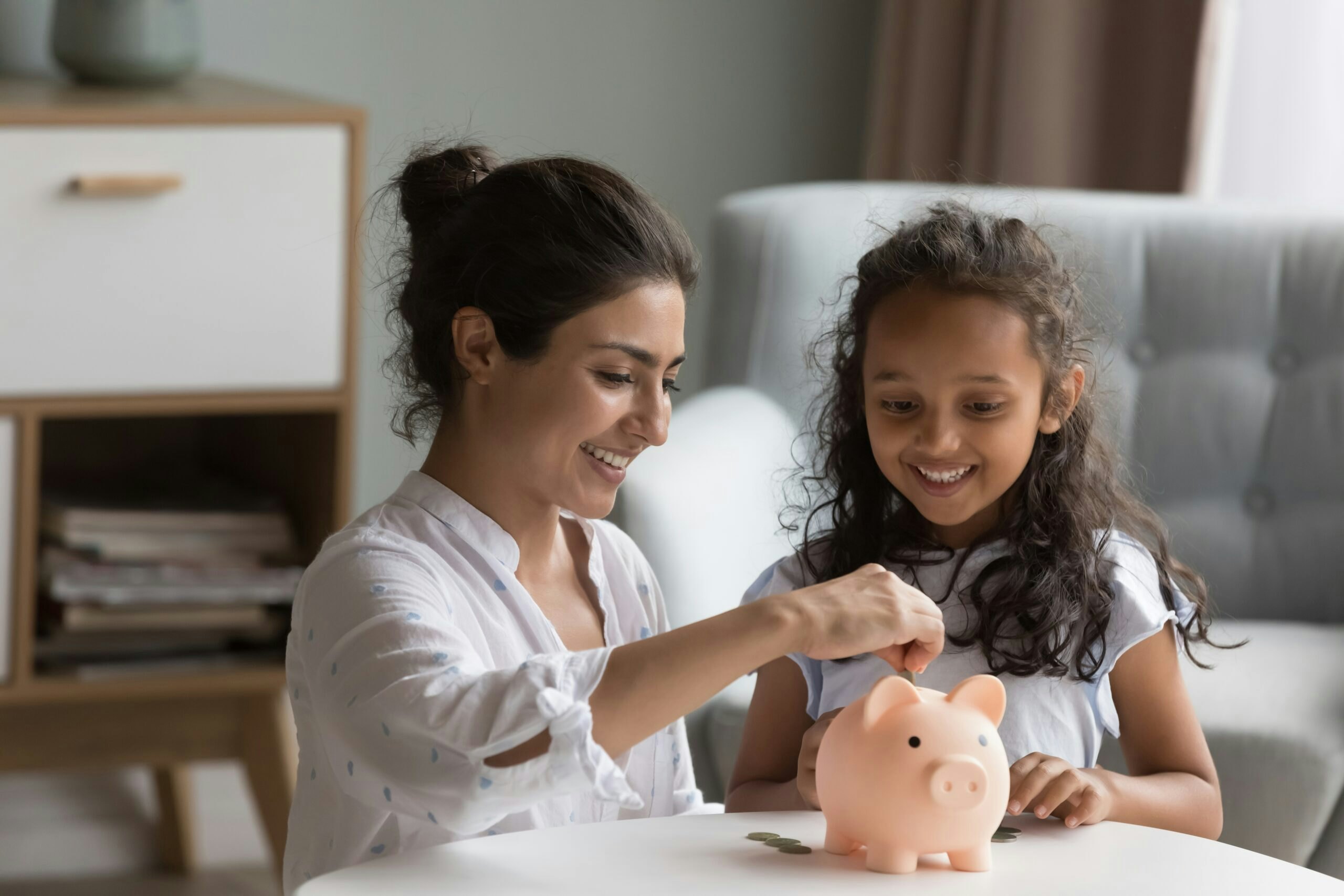A myriad of factors including crime, institutional weakness, and even COVID-19 are pushing Central Americans to migrate to the U.S. However, there is a sense in which demography truly is destiny, and many of these other conditions have their roots in the region’s demographics.
A complicated mix of push and pull factors are driving thousands of Central American children to flee poverty and violence and make the long, dangerous journey to the United States in search of safety and opportunity.
One of the most significant push factors—what drives someone to leave their home— in the Northern Triangle is its demographic composition. Specifically, the region, compromised of Guatemala, Honduras, and El Salvador, has a much younger working age population than wealthier economies such as the U.S.
Per the United Nations, 30% of people in Guatemala and Honduras, and 28% of people in El Salvador, are between the ages of 15 and 29 (what The World Bank considers youth and young adults). In the U.S., only 20% of the population falls in that age bracket. What is more, the youth and young adult population has been surging in the Northern Triangle over the past two decades. It has grown 51% since 2000, versus growth of only 16% in the U.S.
Unfortunately, the surge of young people has not coincided with a surge of opportunity. A full 28% of people between the ages of 15-29 in El Salvador and Honduras were not in education, employment, or training as of 2019, according to the World Bank. In other words, they were idle. In Guatemala, 27% were idle as of 2017 (the latest year available). In the U.S., only 13% were idle as of 2019.
El Salvador, Guatemala, and Honduras score in the bottom quartile on the George W. Bush Institute-SMU Economic Growth’s Global Competitiveness Scorecard’s Business Environment measure, which includes measures such as innovation, ease of starting a business, and labor market efficiency. Each of the Northern Triangle countries has seen their business environment score decrease since 2007. In the most extreme case, El Salvador’s score decreased 24 points, from the 42nd percentile in 2007 to the 18th percentile in 2020. Along with other factors, a weak business environment means there are not enough jobs are available to employ young people entering adulthood and looking for work—holding the region back economically.
-
Dec 12, 2025Should we turn our backs on Afghans in America because of one man’s crimes?By: Natalie Gonnella-Platts, Laura Collins
-
Dec 2, 2025Jim Hake: The Spirit of America at home and abroadHosted by: Andrew Kaufmann, Jason Galui, Lieutenant Colonel, USA (Ret.)
-
Meet the Veteran Wellness Alliance: Elizabeth Dole Foundation
-
Nov 21, 2025Monthly Immigration Update: Nov. 2025By: Laura Collins
-
Monthly Education update: Nov. 18, 2025By: Robin Berkley
-
A grateful nation: Honoring those we servedBy: Megan Dutra
-
Nov 12, 2025Empowering veterans and military families: How the Bush Institute is driving lasting impact
-
Nov 5, 2025Statement for the Record by the Bush Institute’s Jason Galui on Maximizing Veterans' Success After ServiceBy: Jason Galui, Lieutenant Colonel, USA (Ret.)
-
Oct 28, 2025NexPoint Lecture: America's Economic RealignmentHosted by: J.H. Cullum Clark
-
Oct 24, 2025Monthly Immigration Update: Oct. 2025By: Laura Collins
-
Connecting and opening up the nation through infrastructure investmentBy: J.H. Cullum Clark
-
What Parents Should Know About Texas' STAAR ReplacementFeaturing: Robin Berkley
-
Monthly Education update: Oct. 8, 2025By: Robin Berkley
-
Oct 6, 2025Statement for the Record by the Bush Institute’s Robin Berkley, the Ann Kimball Johnson director of education to the acting Texas Comptroller regarding Education Savings AccountsBy: Robin Berkley
-
Oct 7, 2025Opening up markets through international tradeBy: J.H. Cullum Clark
-
Pursuing light-touch regulation of emerging industriesBy: J.H. Cullum Clark
-
Oct 1, 2025Like the eagle on the seal, Americans should look to peace and defense, not warBy: Margot Habiby
-
Oct 1, 2025What every parent needs to know about readingFeaturing: Robin Berkley, Anne Wicks, Charlotte Cooper
-
Sep 30, 2025Raising up the world’s best educated workforce through postsecondary educationBy: J.H. Cullum Clark
-
Sep 25, 2025Monthly Immigration Update: Sept. 2025By: Laura Collins
-
Meet the Veteran Wellness Alliance: Home Base
-
Building and sustaining U.S. preeminence in science and technologyBy: J.H. Cullum Clark
-
Sep 24, 2025H-1B visas, the $100,000 fee, and the economyBy: Laura Collins
-
The foundations of U.S. economic preeminence, 1945-2025By: J.H. Cullum Clark
-
Big news from the Federal Reserve: Explaining the Fed’s rate cutsFeaturing: J.H. Cullum Clark
-
Monthly Education update: Sept. 15, 2025By: Robin Berkley
-
Sep 12, 2025Immigration made clear with fact based answersBy: Laura Collins
-
Sep 5, 2025Parents: What you need to know about Texas schoolsFeaturing: Robin Berkley
-
Aug 22, 2025Monthly Immigration Update: August 2025By: Laura Collins
-
Texas de Brazil’s Salim Asrawi — Living the American DreamHosted by: Andrew Kaufmann, D’Juan Wilcher, Lieutenant Commander, USNR





























